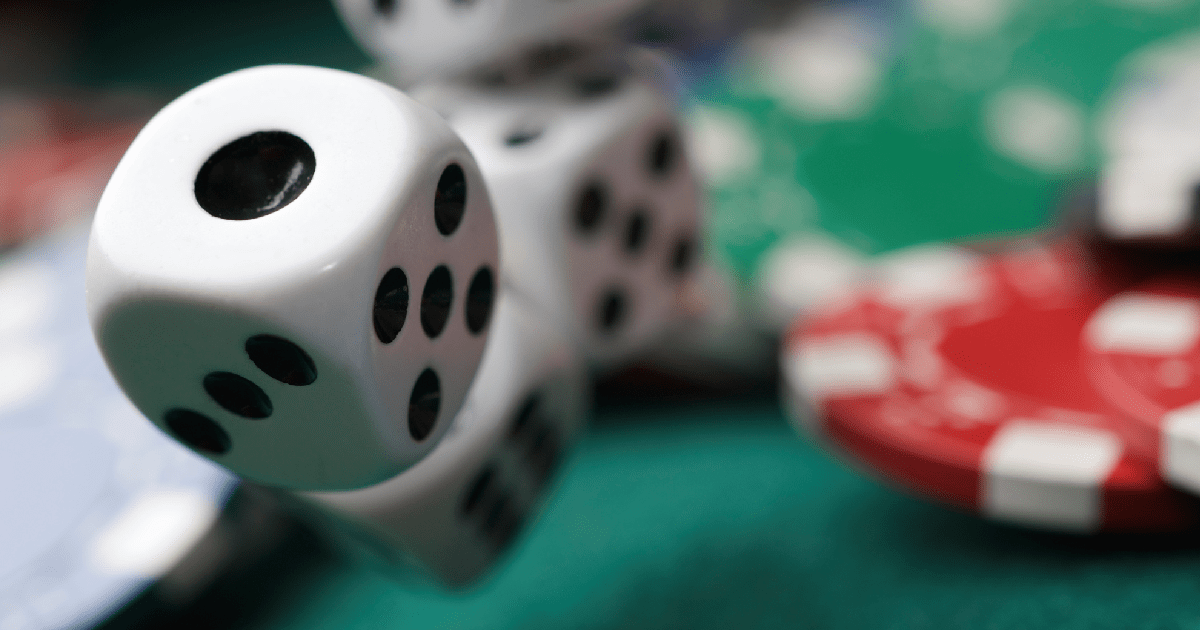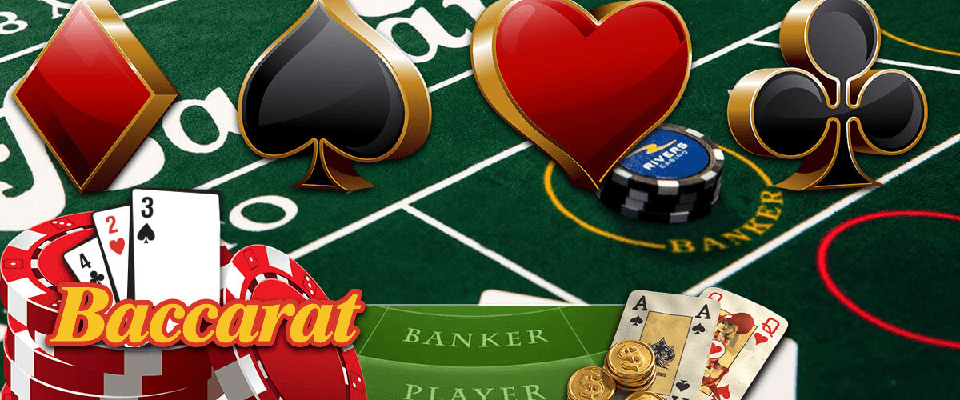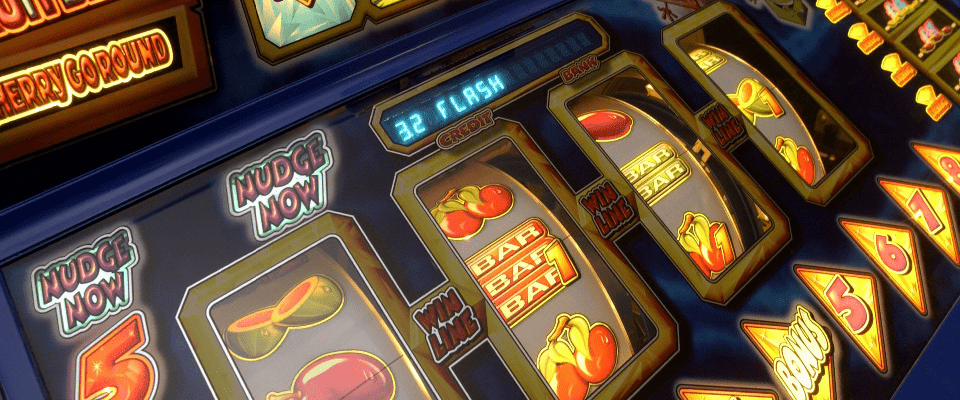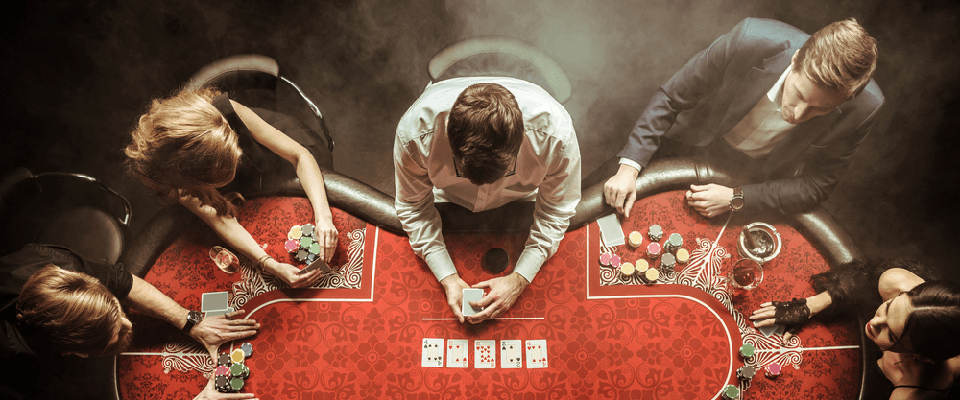
In a traditional casino setting, the shooter is the center of attention in a game of craps. When it’s your turn to roll, the rest of the table typically cheers you on, hoping for a lucky streak.
Because of this spotlight, many new players assume that mastering the dice throw is essential. While some believe it makes a difference, opinions vary, and its actual impact remains debatable.
Experienced craps players are often familiar with techniques like dice setting and control. These are key components of the dice throw.
Dice control refers to the motion and technique used when tossing the dice. Dice setting involves how the dice are positioned in your hand before the throw—for example, aligning the faces so the touching sides add up to seven. From there, control depends on your arm movement, the speed of the throw, and the grip you maintain before releasing the dice.
Some craps enthusiasts practice their throwing motion extensively to develop muscle memory and consistency. However, whether this effort leads to real advantages is still up for debate.
Casinos are well aware of players trying to minimize the house edge through controlled throws and strategic dice setting. To counter this, casinos often require the dice to hit the back wall of the table, which significantly reduces the effectiveness of these techniques. Additionally, the design and weight of casino dice further limit manipulation.
In practice, there’s little concrete evidence that controlled dice throws meaningfully increase a player's odds.
For most players, it’s more beneficial to focus on learning the game’s terminology, betting options, and odds. And for those who prefer not to worry about the physical act of throwing dice, online craps or live dealer versions offer a convenient alternative.







18+. New Players Only. Please gamble responsibly. BeGambleAware

18+. New Players Only. Please gamble responsibly. BeGambleAware